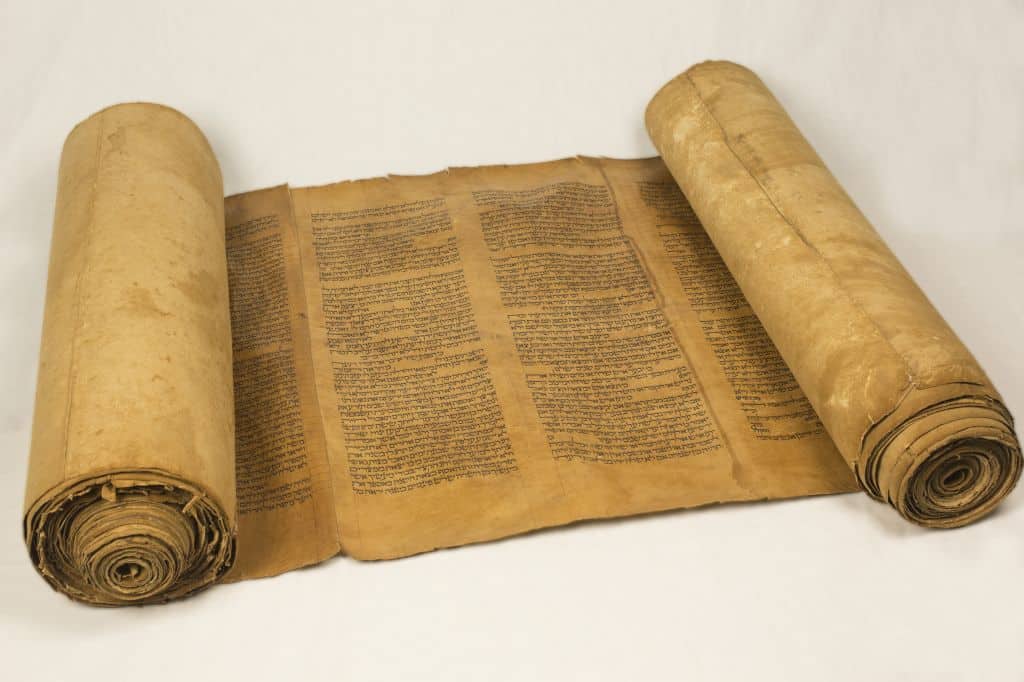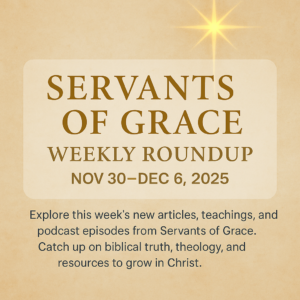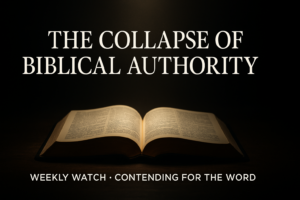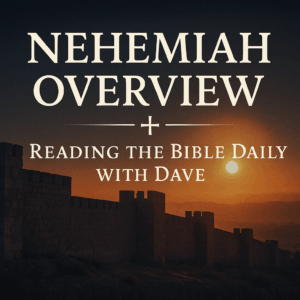⏱️ Estimated Reading Time: 4 min read
The question and theme, “Where is the Lamb?” spans the entire Old Testament. Abraham, who was thankfully spared by God from fulfilling the task, offered his son Isaac as a sacrifice atop Mount Moriah. 2nd Chronicles 3:1 teaches that it was there that Solomon later built the temple. Upon the very rock where Abraham made his altar and raised his knife above the breast of his son, is where the offerings of Israel were made, century after century, pointing forward to the true sacrifice that would be made on nearby Mount Calvary. It was God’s Son then; but unlike when Abraham sought to offer his beloved son Isaac, there was no angel to stay the hand of God when the hammers drove the nails into Jesus’ hand and feet.
The question, “Where is the Lamb?” is answered by the whole anxious anticipation of the Old Testament in Jesus Christ. He is, as John the Baptist announced, “the Lamb of God, who takes away the sins of the world” (John 1:29). Jesus rode into Jerusalem on Palm Sunday, but it was also the day the Passover lambs were driven in for slaughter, a vivid scene associating Jesus with these sacrificial lambs. Then, in the midst of the Passover Feast, as the thousands of lambs were being actually slaughtered, the soldiers’ hammers nailed our Lord Jesus to the Cross—there to die for His people. The symbolism is obvious as Paul writes in 1st Corinthians 5:7, “Christ, our Passover lamb, has been sacrificed.” Jesus is the true Lamb.
Not only must Christians ask, “Where is the Lamb?”, but “Where is the priest?” Just as God’s people (before the time of Christ) must have realized the inability of sheep and goats to atone for human sin, so they must also have realized that the mortal priests—sinners like themselves—were not qualified for the work of offering the true sacrifice before God.
Exodus 28 teaches about the special garments made for the high priest. There was a breastplate and an ephod, a robe with a tunic, a turban, and a sash. These were made of gold, and the finest linen, corresponding to the decorations of the tabernacle and thus showing that the high priest belonged in the presence of God. In other words, the high priest was fitted to worship God in a way that would glorify God. All of this is important because it points to how Jesus is perfectly fitted to deliver His people from their sin and weakness. He is fitting in His person and His work. Jesus Christ is also fit for the worship of His people.
The things taught in Hebrews 7:26-28 are essential to true worship. True worship begins with an awareness of our need. This passage teaches that Jesus meets the need of sinners by confronting them with the necessity to admit that need—for forgiveness, for reconciliation with God, and for eternal life.
The other thing sinners need for true worship is the awareness that, in Jesus Christ, God has met their need. The word worship comes from the older word “worth-ship” (or “worthiness”). To worship someone or something is to acclaim worth. When one realizes that Jesus Christ is not just some fine moral teacher or some guru among a crowd of religious figures, but the very Savior they need, the only solution to their predicament, they will worship Him. Indeed to not worship Jesus Christ is to demonstrate that one does not understand one’s need or the sufficiency of His saving work. Only Jesus Christ is able to meet the need for sinners because only He is fitted to deal with the predicament of sin.
That is what the redeemed do in heaven: they worship the true Lamb, who was slain. The apostle John opens a window to this in the Book of Revelation, where he saw a Lamb that was slain upon the throne of Heaven. And then he heard this song of heavenly joy: “And they sang a new song, saying, “Worthy are you to take the scroll and to open its seals, for you were slain, and by your blood you ransomed people for God from every tribe and language and people and nation, and you have made them a kingdom and priests to our God, and they shall reign on the earth.”” (Revelation 5:9-10).
Dave Jenkins is happily married to his wife, Sarah. He is a writer, editor, and speaker living in beautiful Southern Oregon. Dave is a lover of Christ, His people, the Church, and sound theology. He serves as the Executive Director of Servants of Grace Ministries, the Executive Editor of Theology for Life Magazine, the Host and Producer of Equipping You in Grace Podcast, and is a contributor to and producer of Contending for the Word. He is the author of The Word Explored: The Problem of Biblical Illiteracy and What To Do About It (House to House, 2021), The Word Matters: Defending Biblical Authority Against the Spirit of the Age (G3 Press, 2022), and Contentment: The Journey of a Lifetime (Theology for Life, 2024). You can find him on Facebook, Twitter, Instagram, Youtube, or read his newsletter. Dave loves to spend time with his wife, going to movies, eating at a nice restaurant, or going out for a round of golf with a good friend. He is also a voracious reader, in particular of Reformed theology, and the Puritans. You will often find him when he’s not busy with ministry reading a pile of the latest books from a wide variety of Christian publishers. Dave received his M.A.R. and M.Div through Liberty Baptist Theological Seminary.




